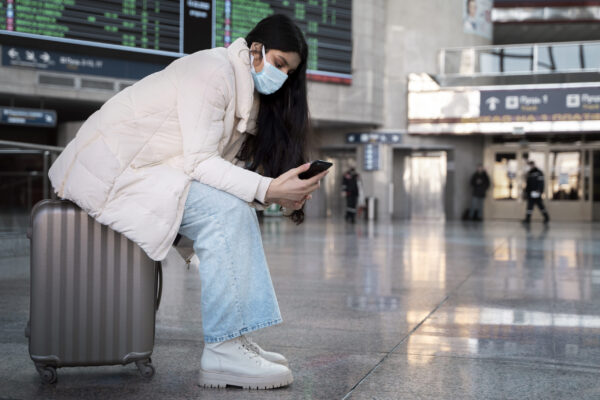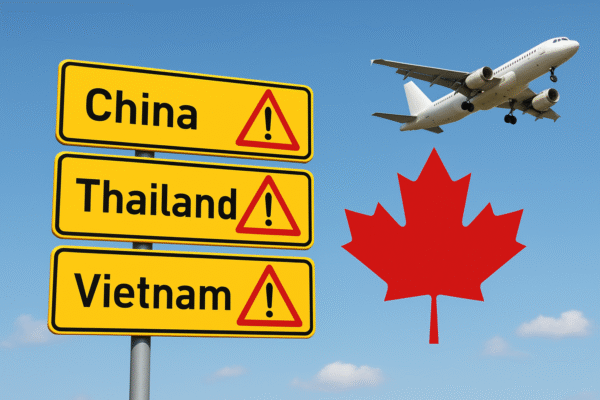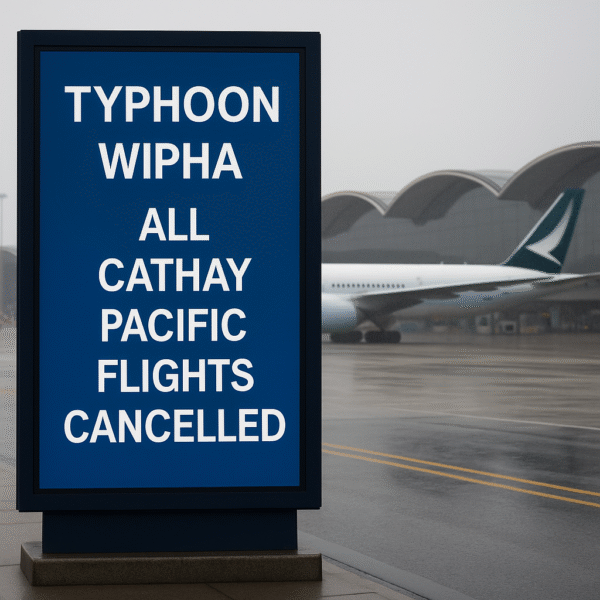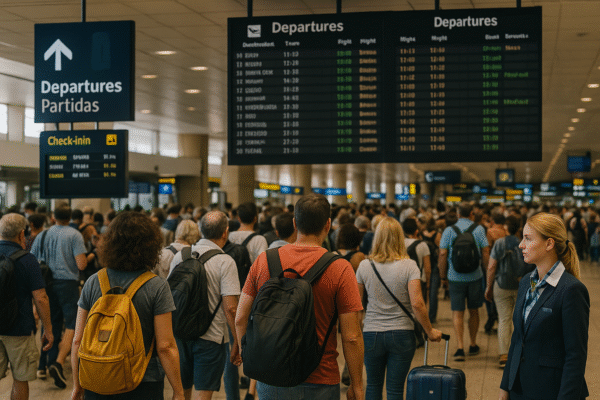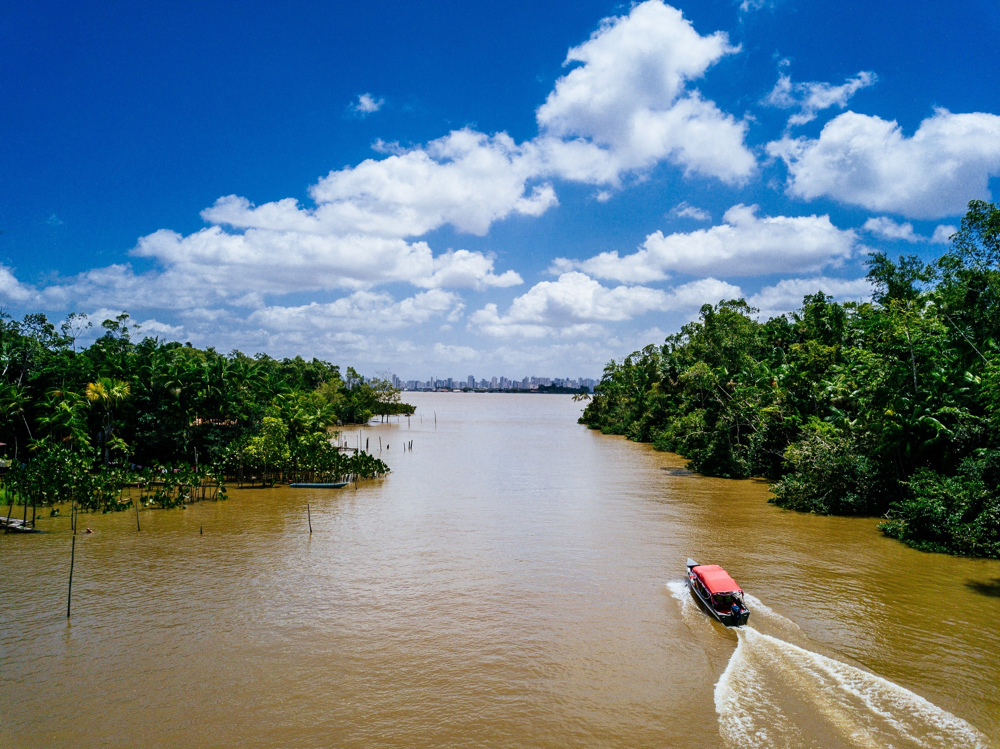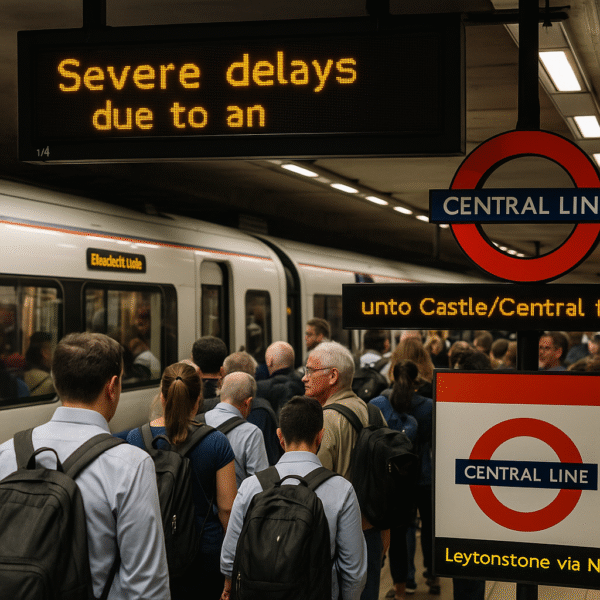GLOBAL — International travelers are being urged to reassess their 2025 travel plans as India, Iceland, and Iranface a series of escalating crises—including natural disasters and geopolitical instability. The latest travel advisories from government agencies and embassies highlight the increased risks to safety in these popular destinations, affecting both tourists and local communities.
Here’s a breakdown of the current situation in each country and essential guidance for travelers.
🌧️ Severe Monsoon Flooding Hits India: Pilgrimages Suspended, Tourist Sites Inaccessible
Himachal Pradesh: Devastation in the Mountains
The scenic northern state of Himachal Pradesh, known for its Himalayan trekking routes and spiritual retreats, has suffered catastrophic monsoon rains in July 2025. Flash floods and landslides have wiped out major highways, cut off hill towns like Manali and Shimla, and forced hundreds of tourists to be airlifted to safety.
The India Meteorological Department (IMD) has issued continuous red alerts, warning of more rainfall and unstable slopes. Travelers are advised to defer all non-essential travel to the region and monitor local disaster response agencies for updates.
Amarnath Yatra: Sacred Pilgrimage Halted
In Jammu and Kashmir, the Amarnath Yatra—a major annual Hindu pilgrimage—has been suspended indefinitely. Torrential rain and landslides along the treacherous route to the sacred cave shrine have made the journey dangerous and inaccessible.
According to the Shri Amarnath Shrine Board, efforts to resume the pilgrimage will depend on weather conditions and trail restoration. Pilgrims and spiritual tourists are urged to wait for official clearance before planning any travel to the area.
Varanasi: Rising Ganga River Disrupts Cultural Tourism
Varanasi, India’s oldest city and a major religious destination, is facing flood-like conditions due to the swelling of the Ganga River. Key ghats such as Dashashwamedh and Assi are submerged, boat services are suspended, and floodwaters have reached low-lying neighborhoods.
The Uttar Pradesh State Disaster Management Authority has deployed rescue teams and placed embankment zones under surveillance. Tourists are strongly advised to stay away from riverfront areas, heed local advisories, and choose alternative sightseeing options inland.
🌋 Iceland’s Volcanic Activity Intensifies: Blue Lagoon and Nearby Towns Evacuated
In Iceland, volcanic activity has surged again in 2025. The Reykjanes Peninsula, located southwest of Reykjavik, has seen multiple eruptions and intense seismic activity since early June.
Authorities have evacuated residents from towns such as Grindavík, and tourist favorites like the Blue Lagoon geothermal spa remain closed indefinitely. The Icelandic Meteorological Office has issued a high alert for air quality and ground deformation.
Although the capital, Reykjavik, remains unaffected, travelers are advised to:
- Avoid travel to volcanic zones.
- Check real-time updates via Vedur.is.
- Follow guidance from Iceland’s Civil Protection Agency.
Those with travel plans to Iceland should reconsider itineraries that include southwest regions and ensure travel insurance covers volcanic-related disruptions.
⚠️ Iran Travel Advisory: Geopolitical Tensions Escalate Regional Risks
Iran has been categorized as high-risk for travelers amid rising political instability in the Middle East. Following renewed hostilities between Iran and Israel, the Indian Ministry of External Affairs, along with several Western embassies, has issued stern warnings against non-essential travel to the country.
Tensions in Tehran and border provinces have sparked fears of civil unrest, arrests of foreign nationals, and unpredictable security incidents. The risk of being caught in protests or military confrontations remains significant.
Foreign travelers are advised to:
- Avoid all travel to Iran unless absolutely necessary.
- Register with your embassy and maintain regular contact.
- Monitor real-time geopolitical developments via reputable sources such as the BBC, Al Jazeera, and government advisory portals.
📌 Quick Summary: 2025 Travel Risk Matrix
| Region | Risk Type | Key Concern | Recommended Action |
|---|---|---|---|
| Himachal Pradesh, India | Natural Disaster | Monsoon floods, landslides | Postpone travel, monitor alerts |
| Amarnath Yatra, India | Pilgrimage Risk | Landslides, bad weather | Avoid travel, await official updates |
| Varanasi, India | Flooding | Submerged ghats, rising river levels | Avoid riverfront, stay in higher areas |
| Reykjavik, Iceland | Volcanic Eruption | Seismic activity, air quality issues | Avoid Blue Lagoon & peninsula towns |
| Iran | Political Unrest | Geopolitical tensions, safety threats | Avoid all non-essential travel |
🧳 Traveler Recommendations: Safety First in 2025
With natural disasters and geopolitical events on the rise, smart travel planning is crucial. Here are essential steps every traveler should take in 2025:
- ✅ Consult official travel advisories (UK FCDO, Indian MEA, US State Department).
- ✅ Purchase flexible travel insurance with natural disaster and cancellation coverage.
- ✅ Track weather and seismic alerts in real-time using national meteorological sites.
- ✅ Register your trip with your country’s embassy in case of emergencies.
- ✅ Avoid high-risk zones and respect all local safety restrictions.
Final Word: Travel Smart, Stay Safe
From the flooded ghats of Varanasi to the ash-laden skies of Iceland and the tense streets of Tehran, the global travel landscape in 2025 is anything but ordinary. While these destinations remain rich in culture and history, tourists must stay alert to changing conditions and prioritize personal safety above all else.
Reconsider travel plans to these affected regions and wait for official clearance before venturing forward. Adventure can wait—but your safety can’t.
For more travel news like this, keep reading Global Travel Wire
Disclaimer: This image is AI generated and may bear no resemblance with actual fact or images




